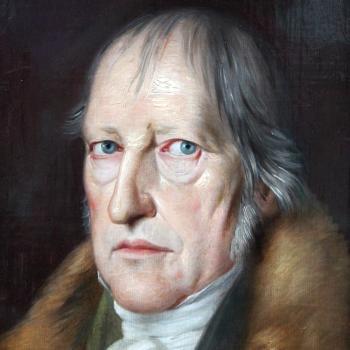We have seen that the sacred art of Islam is an abstract art, combining flexibility of line with emphasis on the archetype, and on the use of regular geometrical figures interlaced with one another. Herein one can already see why mathematics was to make such a strong appeal to the Muslim: its abstract nature furnished the bridge that Muslims were seeking between multiplicity and unity. It provided a fitting texture of symbols for the universe -- symbols that were like keys to open the cosmic text.
We should distinguish at once between the two types of mathematics practiced by Muslims: one was the science of algebra, which was always related to geometry and trigonometry; the other was the science of numbers, as understood in the Pythagorean sense. The Pythagorean number has a symbolic as well as a quantitative aspect; it is a projection of Unity, which, however, never leaves its source. Each number has an inherent power of analysis, arising out of its quantitative nature; it has also the power of synthesis because of the inner bond that connects all other numbers to the unit. The Pythagorean number thus has a "personality": it is like a Jacob's ladder, connecting the quantitative with the qualitative domain by virtue of its own inner polarization. To study numbers thus means to contemplate them as symbols and to be led thereby to the intelligible world. So also with the other branches of mathematics. Even where the symbolic aspect is not explicitly stated, the connection with geometric forms has the effect upon the mind of freeing it from dependence upon mere physical appearance, and in that way preparing it for its journey into the intelligible world and, ultimately, to Unity.
Gnosis in the Alexandrian world had used, as the vehicle for the expression of its doctrines, a bewildering maze of mythology. In Islam, the intellective symbolism often becomes mathematical, while the direct experience of the mystic is expressed in such powerful poetry as that of Jalal al-Din Rumi. The instrument of gnosis is always, however, the intellect; reason is its passive aspect and its reflection in the human domain. The link between intellect and reason is never broken, except in the individual ventures of a handful of thinkers, among whom there are few that could properly be called scientists. The intellect remains the principle of reason; and the exercise of reason, if it is healthy and normal should naturally lead to the intellect. That is why Muslim metaphysicians say that rational knowledge leads naturally to the affirmation of the Divine Unity. Although the spiritual realities are not merely rational, neither are they irrational. Reason, considered in its ultimate rather than its immediate aspect, can bring man to the gateway of the intelligible world; rational knowledge can in the same fashion be integrated into gnosis, even though it is discursive and partial while gnosis is total and intuitive. It is because of this essential relationship of subordination and hierarchy between reason and intellect, rational knowledge and gnosis, that the quest for causal explanation in Islam only rarely sought to, and never actually managed to, satisfy itself outside the faith, as was to happen in Christianity at the end of the Middle Ages.
This hierarchy is also based on the belief that scientia -- human knowledge -- is to be regarded as legitimate and noble only so long as it is subordinated to sapientia -- Divine wisdom. Muslim sages would agree with Saint Bonaventure's "Believe, in order to understand." Like him, they insist that scientia can truly exist only in conjunction with sapientia, and that reason is a noble faculty only insofar as it leads to intellection, rather than when it seeks to establish its independence of its own principle, or tries to encompass the Infinite within some finite system. There are in Islamic history one or two instances when rationalist groups did attempt to establish their independence of and opposition to the gnostics, and also to set themselves against other orthodox interpreters of the Islamic revelation. The spiritual forces of Islam were always strong enough, however, to preserve the hierarchy between intellect and reason, and thus to prevent the establishment of a rationalism independent of the revelation. The famous treatises of al-Ghazzali, in the fifth/eleventh century, against the rationalistic philosophers of his time mark the final triumph of intellection over independent ratiocination, a triumph that did not utterly destroy rationalistic philosophy, but did make it subordinate to gnosis. As a result of this defeat by al-Ghazzali and similar figures of the syllogistic and systematic Aristotelian philosophy in the fifth/eleventh century, the Islamic gnostic tradition has been able to survive and to remain vital down to the present day, instead of being stifled, as elsewhere, in an overly rationalistic atmosphere.
The reaction against the rationalists, of which the writings of al-Ghazzali mark the high point, coincides roughly in time with the spread of Aristotelianism in the West, which led ultimately to a series of actions and reactions -- the Renaissance, the Reformation, and the Counter-Reformation -- such as never occurred in the Islamic world. In the West, these movements led to new types of philosophy and science, such as characterize the Western world today, that are as profoundly different from their medieval antecedents as is the mental and spiritual horizon of modern man from that of traditional man. Europe in that period began to develop a science of Nature that concerns itself only with the quantitative and material aspects of things; meanwhile, the tide of Islamic thought was flowing back, as before, into its traditional bed, to that conceptual coherence that comprises the mathematical sciences.




